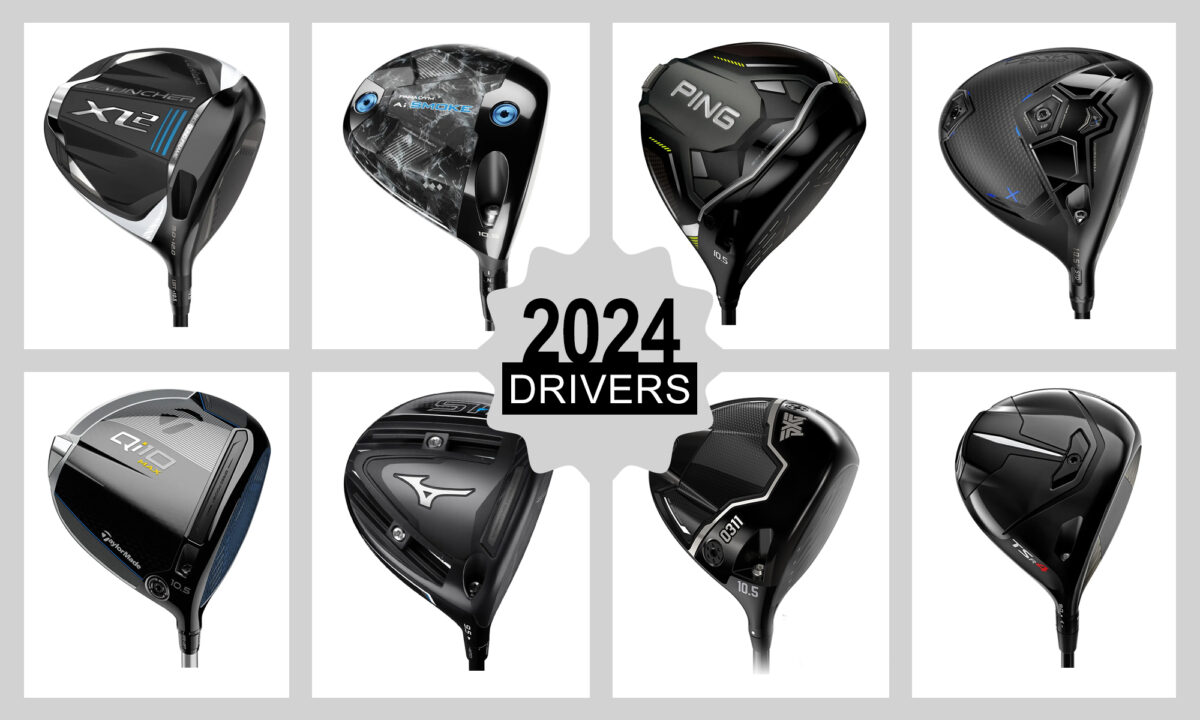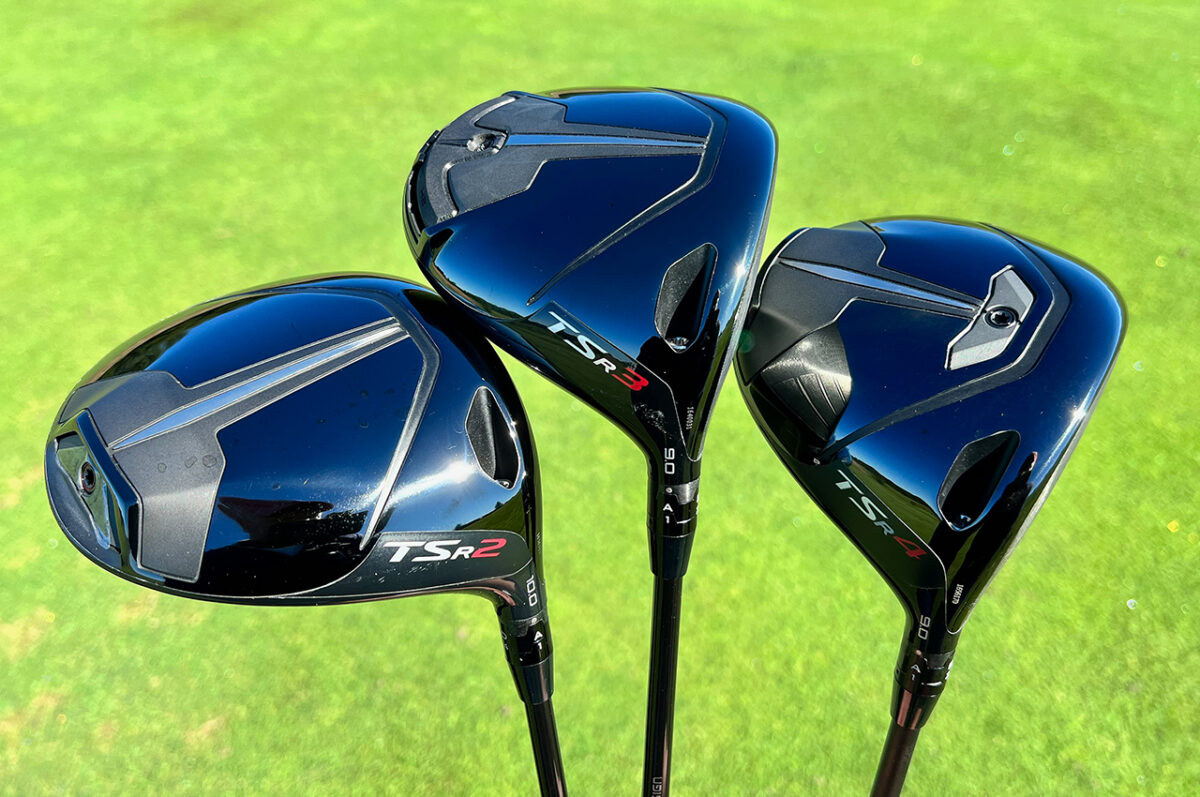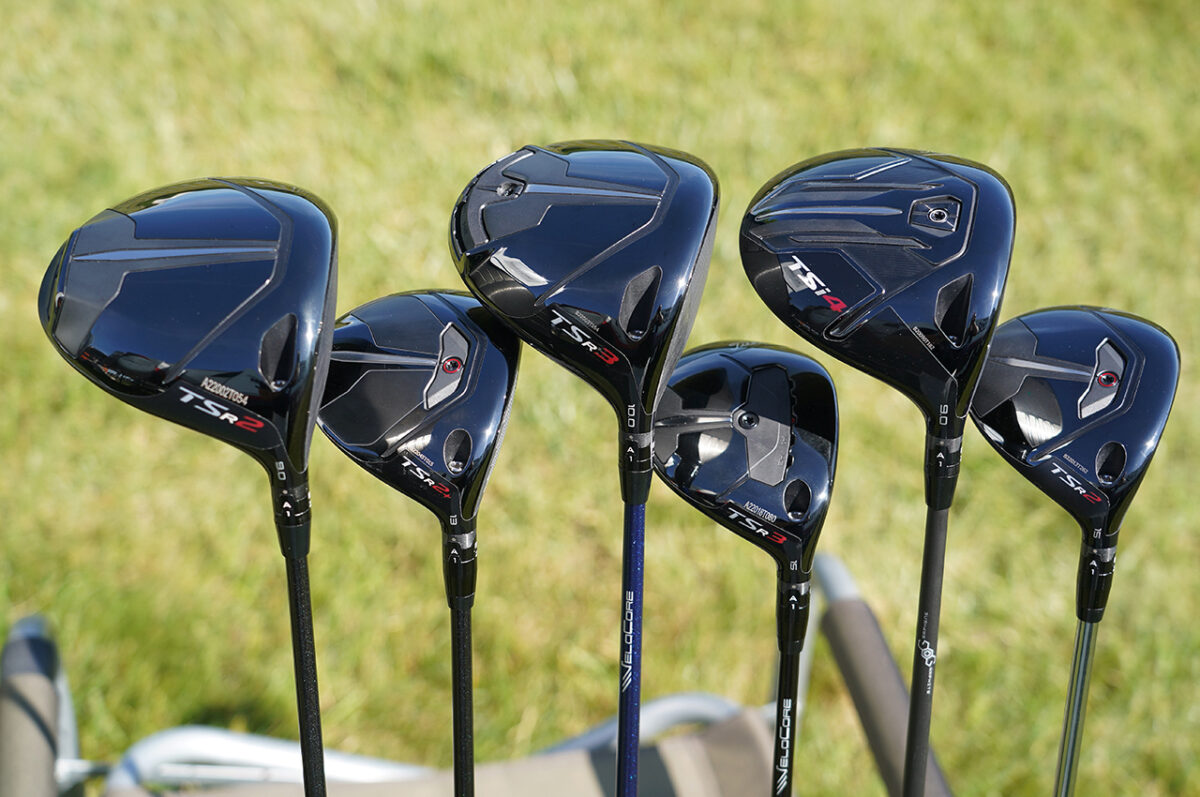SAN ANTONIO, Texas — Ludvig Aberg has a silky smooth swing, but don’t be fooled, the Swedish star packs a healthy dose of power into every cut.
And that was never more evident than Saturday during the third round of the Valero Texas Open at TPC San Antonio.
The Texas Tech product was swinging away on the risk/reward No. 17 at the Greg Norman-designed Oaks Course, a par 4 that was playing just over 300 yards from the front tee. But when he made contact, his driver head snapped clean off. Did it mean disaster? Not for Aberg, who has been as steady as a rock this season, making the cut in all seven of his starts.
WHAT?!
Ludvig Åberg's driver head BREAKS and he still drives the green at the par-4 17th. pic.twitter.com/POGGlR9d1q
— PGA TOUR (@PGATOUR) April 6, 2024
His drive bounced just to the right of the green and hopped to within 11 feet, giving him an eagle opportunity on a hole that could have been a mess. Although he missed the eagle putt, he tapped in for his third birdie in eight holes, getting to 4 under for the tournament.
“It was odd, it was bizarre,” Aberg said. “I’ve never experienced anything like that, not even in practice or anything, I’ve never seen it before, so I was just in shock. I’m glad the ball stayed in bounds because I really don’t know what could have happened. Somehow it made it all the way to the green, I don’t know how.”
Aberg, who already has a win under his belt at the PGA Tour’s 2023 RSM Classic, is a Titleist player who had been using the TSR2 (9 degrees) with a Fujikura Ventus Black 6 X shaft through the Players Championship.
More: Ludvig Aberg on his rapid rise, earliest Masters memory and being a rookie in the majors
A PGA Tour rules official was kind enough to run back to the locker room to grab Aberg’s backup driver, one that he’s played a few rounds with in the past. He bombed a drive on the 18th hole of the day, and even though he only managed par, he finished the day with a 67, and he sits firmly inside the top 10 at 6 under for the event.
Aberg wasn’t blaming the manufacturer or anyone else who was involved with the driver.
“I think there’s a screw that came off. It’s on me, I should have checked that a little bit better, but luckily we were able to get a new one on the next tee box,” he said. “I hit some good drives after that as well.”








